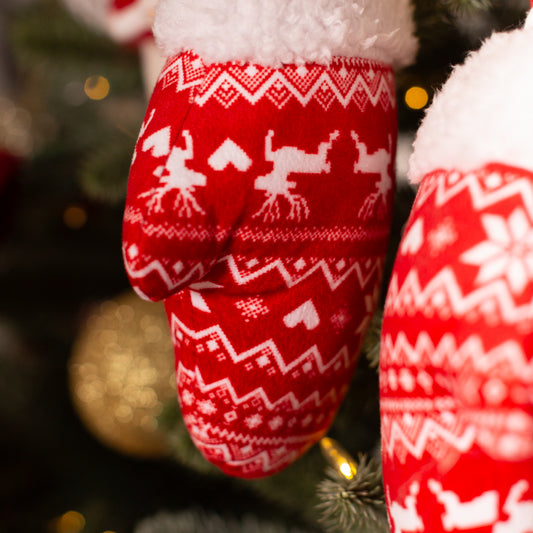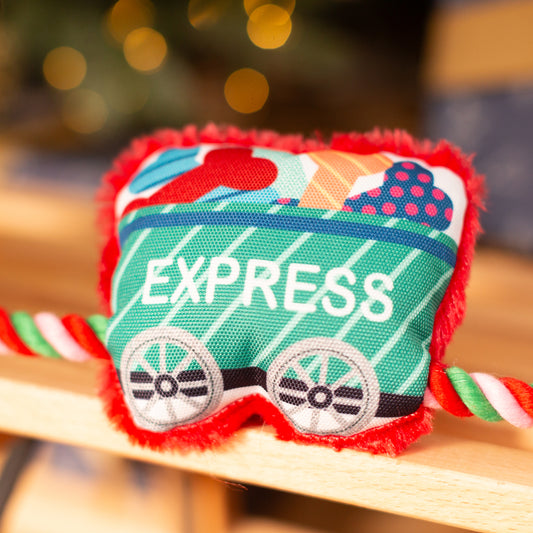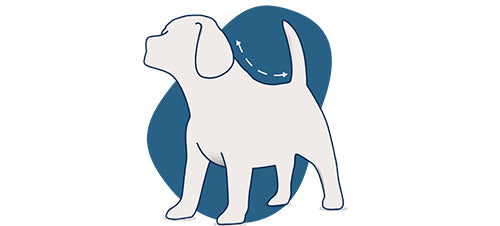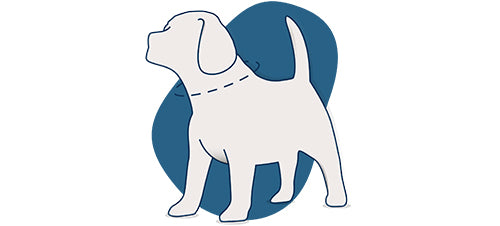When it comes to dog sleeping behaviours, us pet owners are often curious about the various habits and peculiarities our canine friends exhibit. From preferring the floor over a plush bed to the mysterious twitching during a dream, each behaviour provides insights into your dog’s health, comfort, and emotional well-being. We explore these fascinating aspects, providing you with knowledge on why your dog sleeps on the floor instead of their bed, what it means when you find your dog loving their bed, and the significance behind dogs twitching when sleeping!
Why Does My Dog Sleep on the Floor Instead of Their Bed?
Many dog owners invest in what they think may be a comfortable, luxurious bed for their pets, only to find them sleeping on the cooler, harder floor. This choice, while seemingly uncomfortable to us, can be influenced by several factors:
Temperature Control
Dogs often choose sleeping locations based on temperature. On warmer days, the floor might provide a cooler surface compared to a warm, fluffy bed. This is particularly true for breeds with thicker fur or those prone to overheating. If you're concerned about your dog being a hot sleeper, you could offer them a cool mat to sleep on.
Health Issues
In some cases, older dogs or those with joint pain might find it difficult to climb into a bed, especially if it's too soft or too high. The firmness of the floor can provide better support for their bodies, easing discomfort. With our senior dogs, we find they tend to opt for orthopaedic beds over the beds they'd favoured in their younger years.
Personal Preference and Comfort
Like humans, every dog has personal preferences. Some might find firmness more comforting and secure than a soft bed. Observing your dog's choices can provide you with clues about what they might find most comfortable. If you're unsure on what dog bed to go for after observing and noting their sleep habit, you can find our helpful guide here.
Habit and Environment
Dogs often stick to a routine, and if a dog has been used to sleeping on the floor, it might continue to do so out of habit. Additionally, the placement of the bed in the environment could influence their choice. A bed placed in a noisy or less frequented part of the house might be less appealing than a quiet corner on the floor.

The Significance of a Dog on a Bed
When your dog chooses to sleep on their bed, it’s more than just taking advantage of a comfy spot; it’s also about feeling safe and secure in their designated space. Did you know this choice can also be an indicator of their health and emotional state?
Security in Sleep
A bed can represent a safe territory in the landscape of your home. Dogs that enjoy their beds often feel a sense of ownership and security about their designated spots.
Health and Comfort
Choosing to sleep in their bed can indicate that your dog is free from discomfort and pain, as the softness and support of a good quality dog bed is beneficial for dogs with arthritis or other physical issues.
Bonding and Trust
Dogs that sleep in close proximity to their owners’ beds, or in their own beds in a bedroom, might be expressing trust and a desire to bond. This behaviour signifies a strong connection between the dog and its family.

Your Dog's Sleep Preferences
Understanding and observing your dog’s sleep preferences can enhance the bond you share. Bonding with your dog goes beyond mere enjoyment of their company; it involves understanding their needs, behaviours, and preferences.
Observational Bonding
Taking the time to observe and learn what your dog prefers during when they sleep can tell you a lot about their personality and health. It helps in creating a deeper bond as you adjust their sleeping arrangements to better suit their needs.
Providing Comfort
By recognising what makes your dog comfortable, you can ensure they have a restful and rejuvenating sleep. This might mean upgrading their bedding situation or rearranging their sleep environment. If you're unsure on how often you should be replacing your dog's bed, you can find our helpful guide here.
Dogs Twitching When Sleeping
Dogs often twitch, move their paws, or even bark softly while asleep. These behaviours are typically seen during the REM (Rapid Eye Movement) stage of sleep, where dreams occur. It's likely your dog is having a restful, entertaining dream when they display these movements!
Dreaming
Just like humans, dogs dream. Twitching or moving during sleep is a normal part of dreaming. These movements might reflect activities that occur during their day, like running or playing.
Neurological Activity
Twitching can also be a manifestation of the neurological reactions occurring in their brain as they sleep. It’s usually harmless, but consistent or violent movements could be a sign of a neurological disorder and should be checked by your veterinarian.
Comfort and Response
Occasional twitching and repositioning is normal, but if your dog seems to be in distress while sleeping, it could be due to discomfort. Ensure their sleeping environment is comfortable and conducive to restful sleep, if you're worried about your dogs sleeping habits, contact your veterinarian.
Understanding your dog’s sleeping behaviours is crucial for their health and well-being. Whether your dog prefers the floor or a bed, each choice and behaviour can provide valuable insights into their physical and emotional health. By providing a comfortable sleeping environment and paying attention to their preferences and behaviours, you can ensure your beloved pet remains happy and healthy. Do remember, each dog is unique, and their sleeping habits are just one of the many ways they communicate their needs and feelings to us.
The complex world of dog sleeping behaviours not only helps us to ensure the comfort and health of your pet but also deepens the bond you share. As always, maintain a watchful eye on any changes in their sleeping patterns and consult with your vet if unusual behaviours persist.

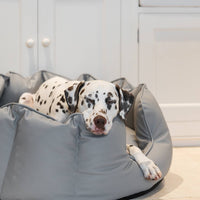

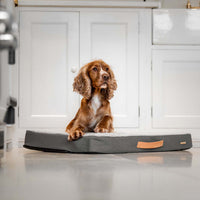





















































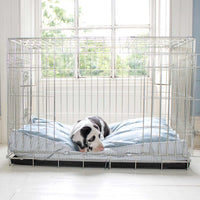
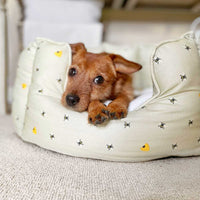
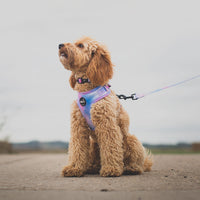








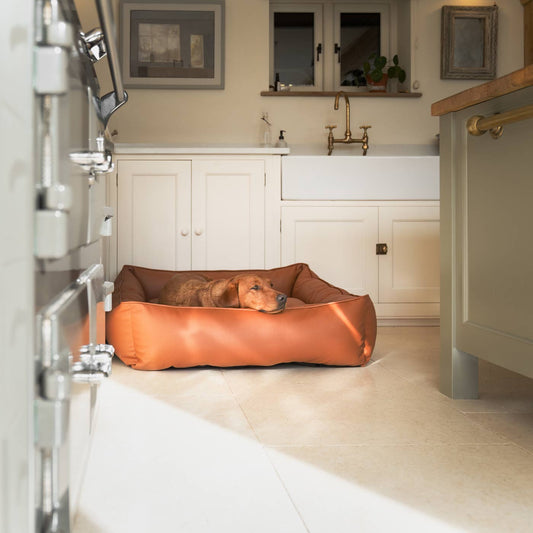



.jpg?v=1723712924433&options=)














